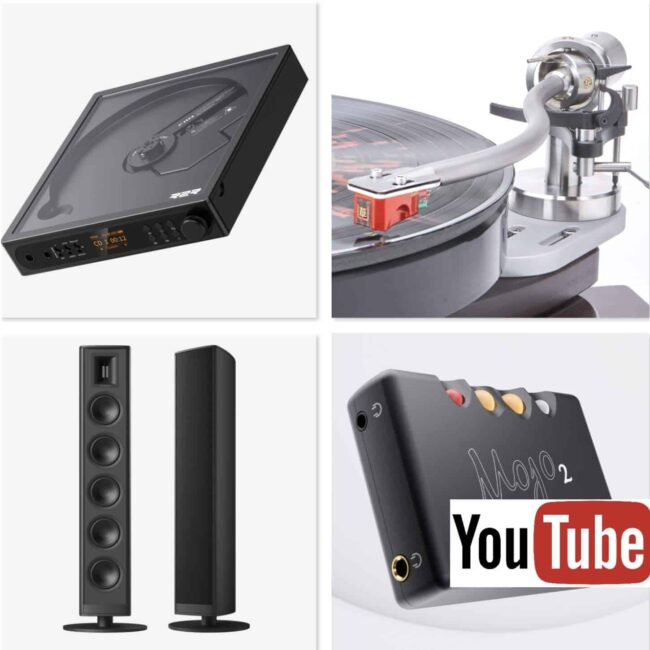The Article
CLARITY PRO 2.0 ACTIVE MAINS CONDITIONER
23rd August 2024

An anti-noise accessory with a twist? Paul Rigby checks out the latest iteration of an older design
I say older design because I reviewed v1.0 of the Clarity Pro for HiFi World magazine, in the UK, back around 2015. Maybe earlier.
Russ Andrews is distributing/selling this product and has its name on the front of the chassis but a company called Coherence created the design.
Problem is, Coherence is a little coy. It doesn’t say too much about the product, what the product does or how it does it. Well, it says a little but not enough, put it that way. So, when I reviewed the Pro 1.0, way back when, I had to work it out for myself. This is not a surprise. Small companies who feel that they have achieved a technological breakthrough of whatever sort tend to keep their cards close to their chest. Why? Espionage! No, really. You start blabbing your mouth about your new techie wonder idea at the next HiFi show and see how many other companies will steal your idea and use it in their next new product selling at half the price. You’ve lost your edge and your company is instantly dead in the water. It happens. I’ve seen it happen. So sure, no surprise. But it doesn’t help me.

The move from the 1.0 to the 2.0? Reportedly, a new internal circuit design and improved internal software. You can upgrade the power supply at an extra cost but I have no idea how that might affect performance because I reviewed the default model only, here.
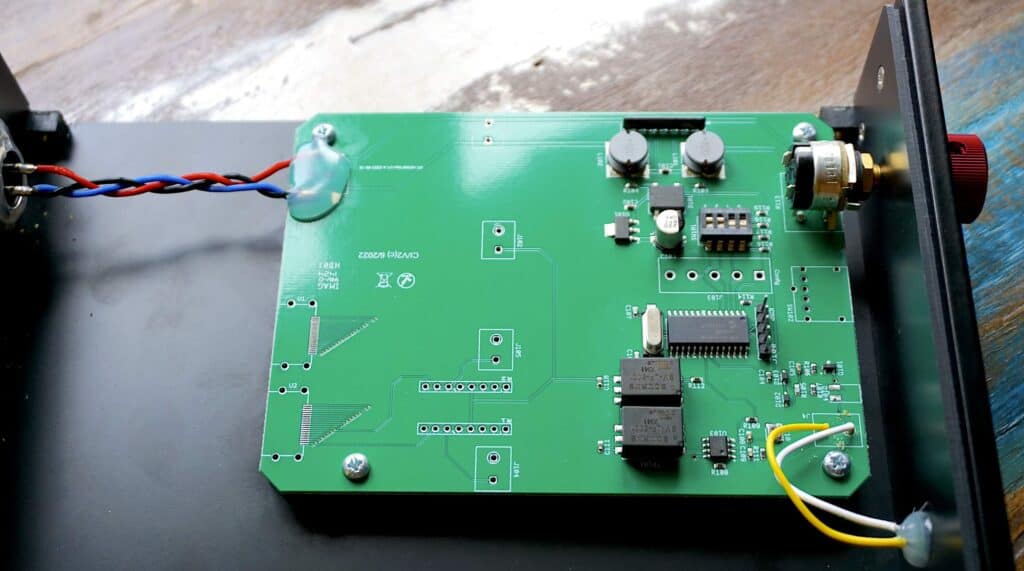
The original Pro 1.0 arrived as a black, compact box with a mains socket on the rear. When plugged into the mains, the Clarity Pro 1.0 looked to lower mains noise in an active manner.
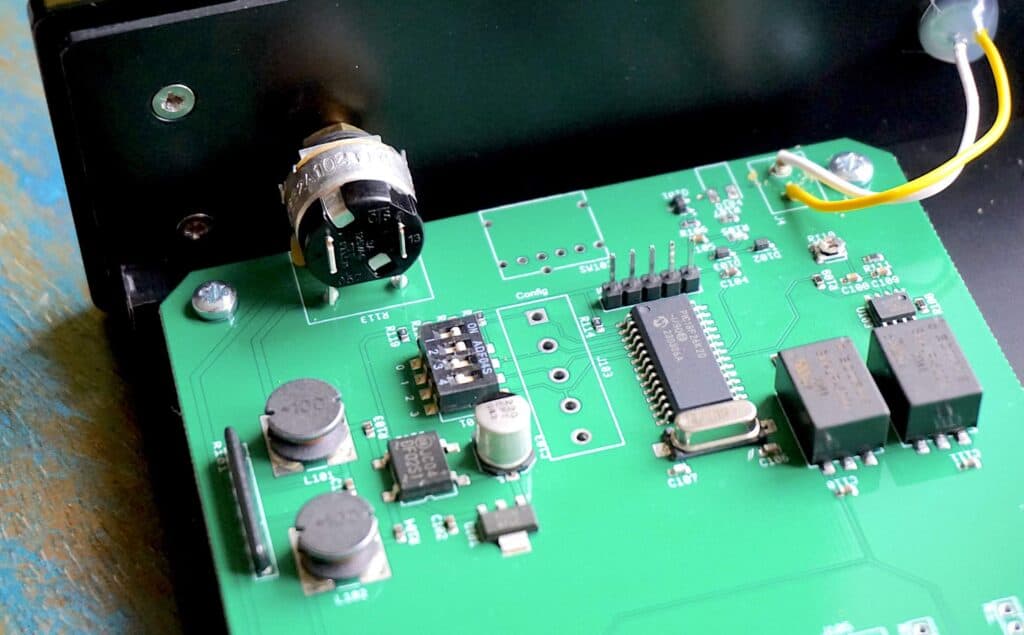
The difference between common-or-garden active mains conditioners and the Pro 1.0 was this, it arrived with a rotary attenuator on the front fascia. This linked into four internally fitted DIP switches that acted as EQ sound filters. You were actively encouraged to open the chassis with an Allen key (supplied) and flick the switches and experiment to see what setting your ears preferred. The filters either aided or influenced the sound in some manner, some for good, some for ill. Changing and tweaking the signal to produce sonic changes.
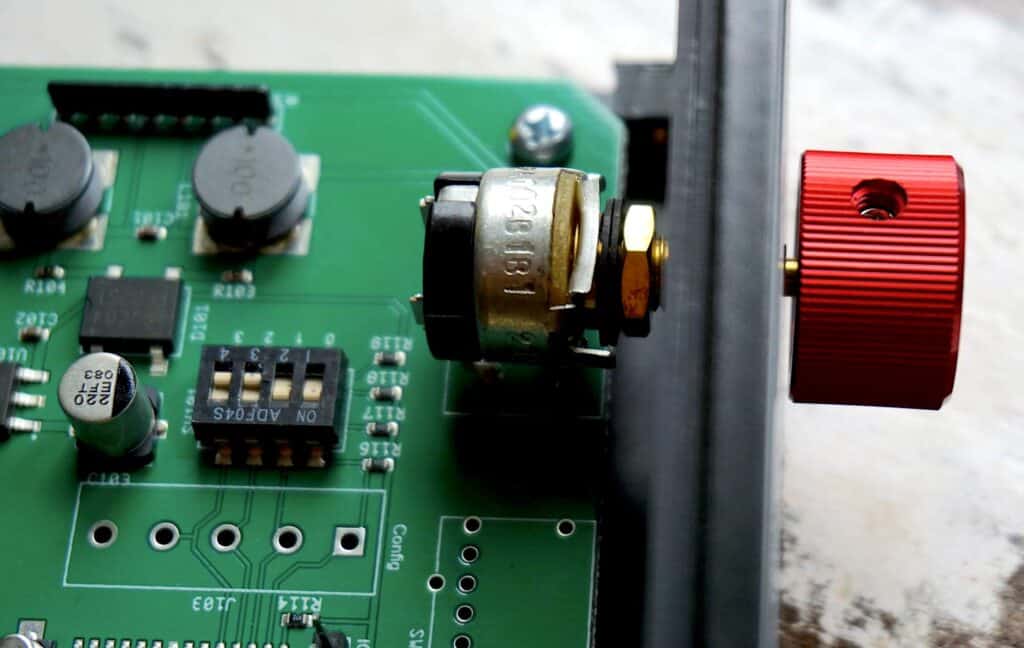
Some of you might baulk at that. How can you apply EQ filters to the mains? Shome mishtake, shurely? I have no idea because Coherence didn’t tell me (and are still not telling me, actually). But change the sound it did.
On a broader level? After years of tests, I know that the mains signal can alter the final sound of your HiFi. That’s why mains conditioners exist. That’s why grounding accessories exist, passive filtering, star-wired mains blocks, etc, etc.
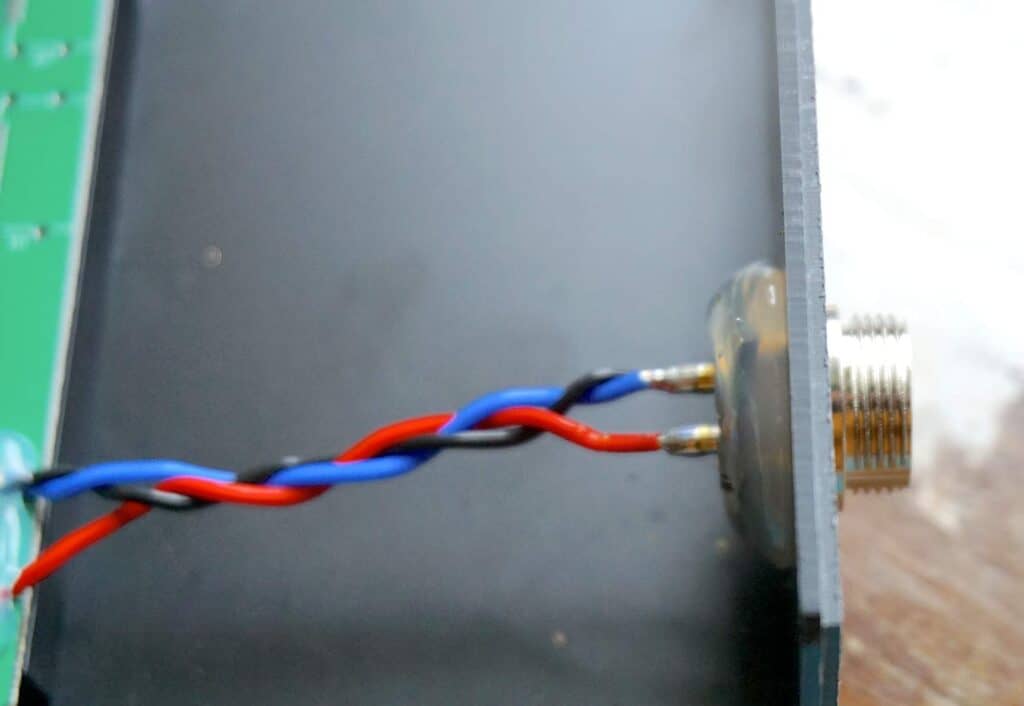
Try it yourself. Just add a £5 white plastic mains block from B&Q to your quality HiFi system and be amazed and marvel at how instantly bright and screechy your treble and upper mids become. That horrible, cheapo mains block is acting like an EQ filter…of a sort.
So, it’s not that hard, actually. But this is the first time I’ve ever seen a company try to manipulate the sound, using the mains supply as a source.
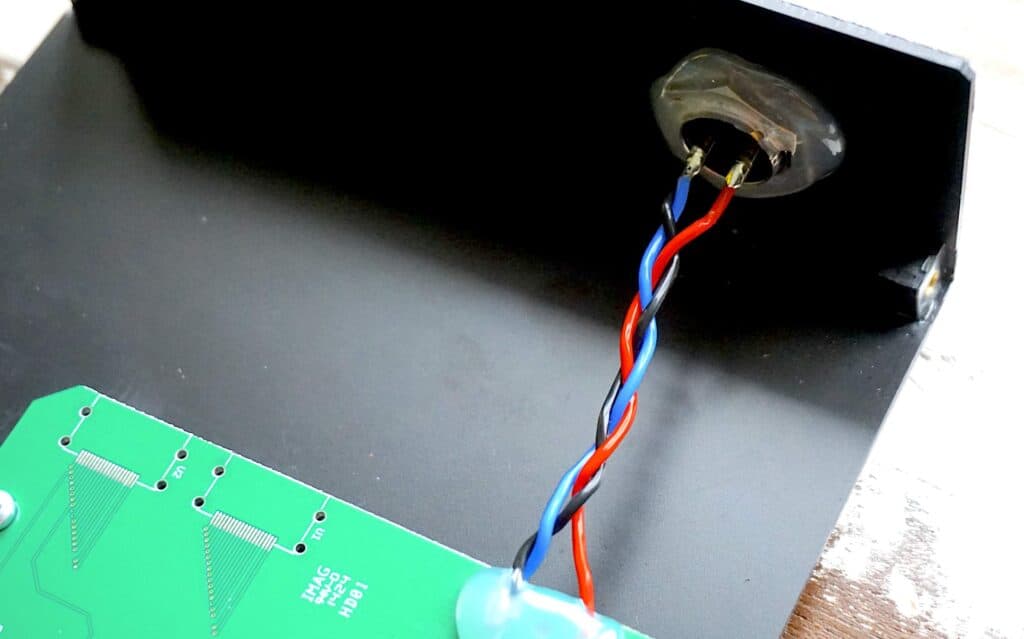
Nearly 10 years later? We have the Clarity 2.0. Despite the aesthetic tweaks, the product does the same job. Its priority is to lower mains noise but again, there’s that attenuator on the front for the company’s special sauce. Inside? Yep, the DIP switches are still there and yes, you still get an Allen key to open the chassis and flick those switches. (NOTE: remove the screws then grasp the sides of the chassis and pull to bend the top plastic part of the chassis a little and lift up and away).
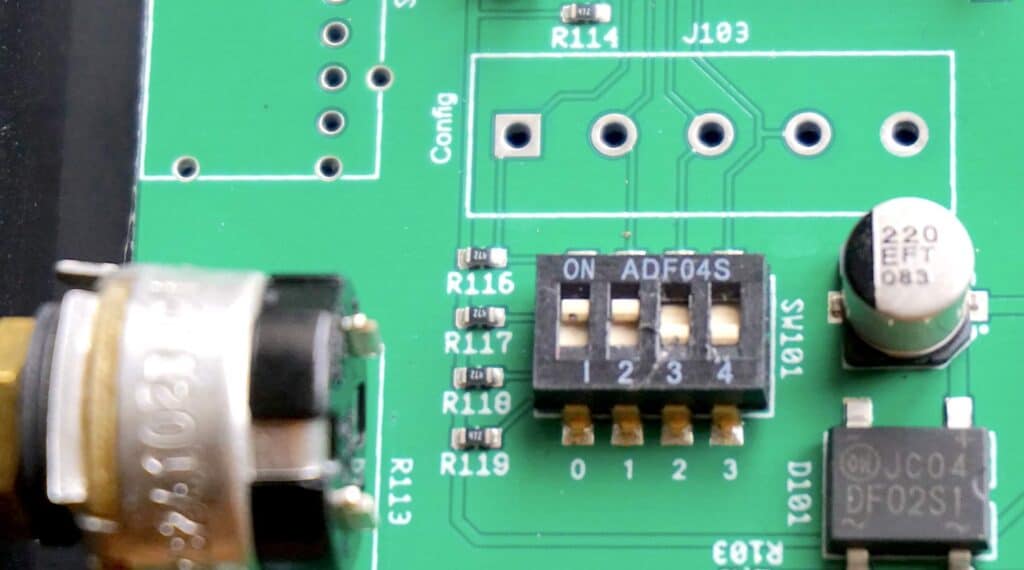
And before we leave the DIP switches? I’m not happy that you have to open the chassis to access the DIP switches. The switches should be accessible outside of the case via a cut out. Actually? Looking at the price here? I’d like to see a rotary knob selector on the front fascia. I think you deserve that considering that asking price. For now though? Externally accessible DIP switches are a minimum.
Now back in my original review I was a little critical of this EQ tweaking malarky. I felt that the EQ part of the product was heavy handed and got in the way of the principle job, lowering the noise.
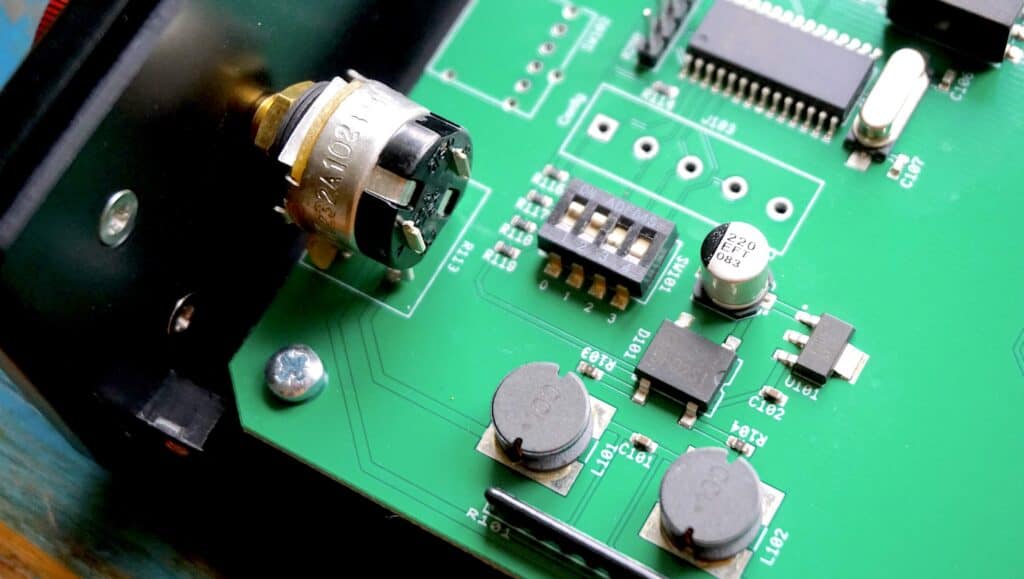
Question is then, does the 2.0 version of this product do a better, more efficient, possibly more subtle, more successful job? Let’s see.
SOUND QUALITY
I grabbed a Frank Sinatra album, a real outlier of an album called Watertown and right off the usual beaten track for the man, sounding more like a Stephen Sondheim musical than a commercial album. I played the title track featuring a backing orchestra with percussion, strings, brass, piano, noted clarinets and flute, electric, acoustic and bass guitars, sound effects (oh yes) and more.
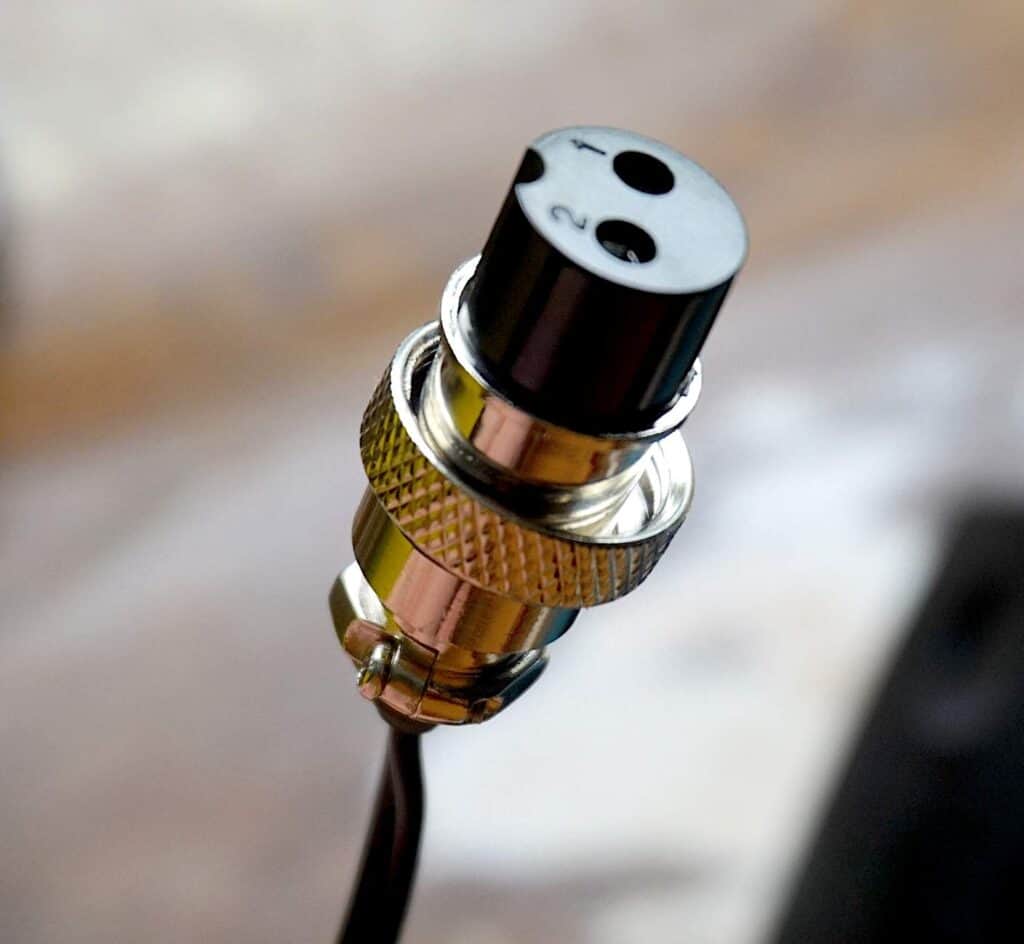
To begin, I listened with and without the Clarity 2.0. At this stage, the DIP switches were set at 3 and 4, the default setting and the setting that is deemed the most balanced by Coherence.
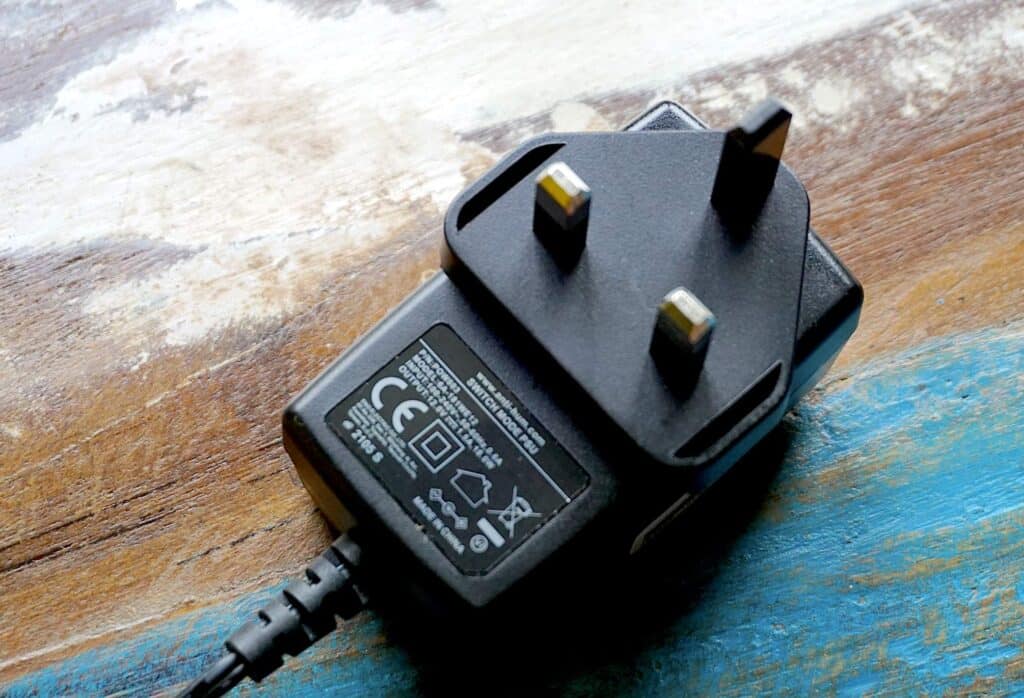
Switching on the unit – the attenuator is also a power switch – I found the best performance from this DIP switch setting to be just that. Switching on only and not pushing the attenuator any further. Keeping the rotary knob at the minimum position. Taking the rotary knob to the 12 o’clock and then maximum position, the sound became leaner then overly compressed, ruining the tonal balance.
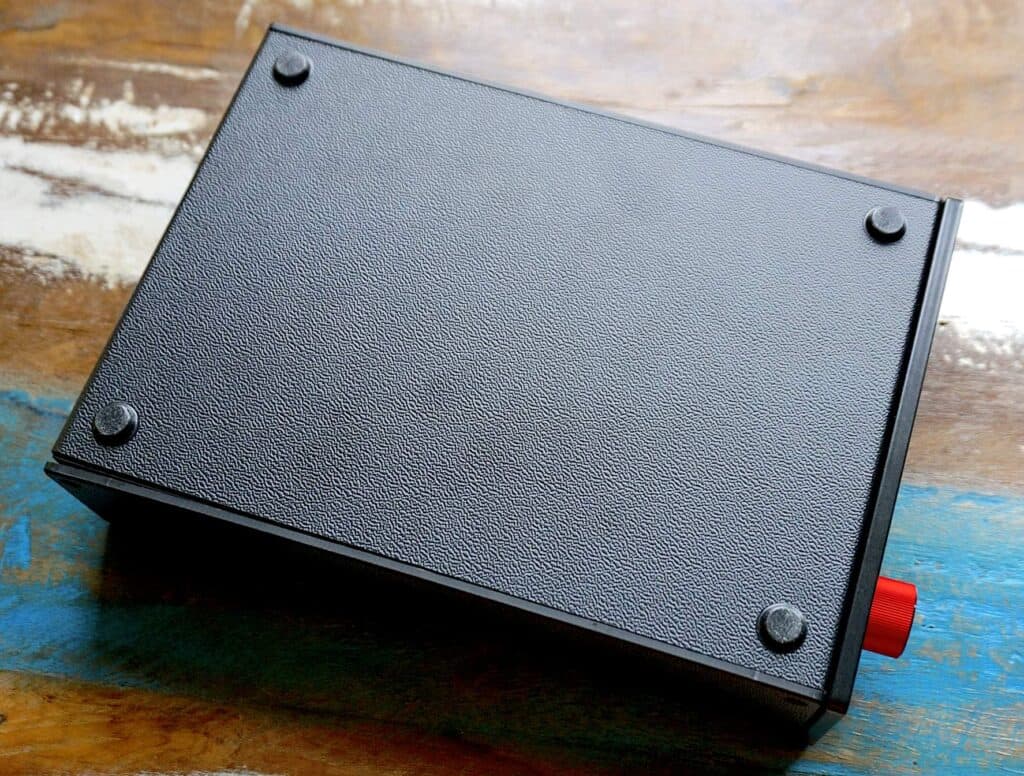
At the minimum setting though? The sound was definitely improved. The improvements were not particularly noticeable around the vocals but on the backing orchestra. It sounded like everyone in the orchestra had taken a single stride towards the microphone, sat down and started playing from that point. The noise around the orchestra was lower, clarity had indeed increased adding information and detail from across the board: percussion, guitars, brass, wind instruments, the lot.
OPEN HER UP!
So I opened up the chassis and changed the DIP switches. Firstly, I turned on DIP switch No.3 which accentuated the upper frequencies. As the attenuator progressed, so did those frequencies. I felt that my tonal balance had been adversely affected. So I turned that off and turned on DIP switch No.4 instead. But that seemed to roll off the treble and upper mids, flattening the sound. Again, I didn’t like that, so reverted back to the default settings.
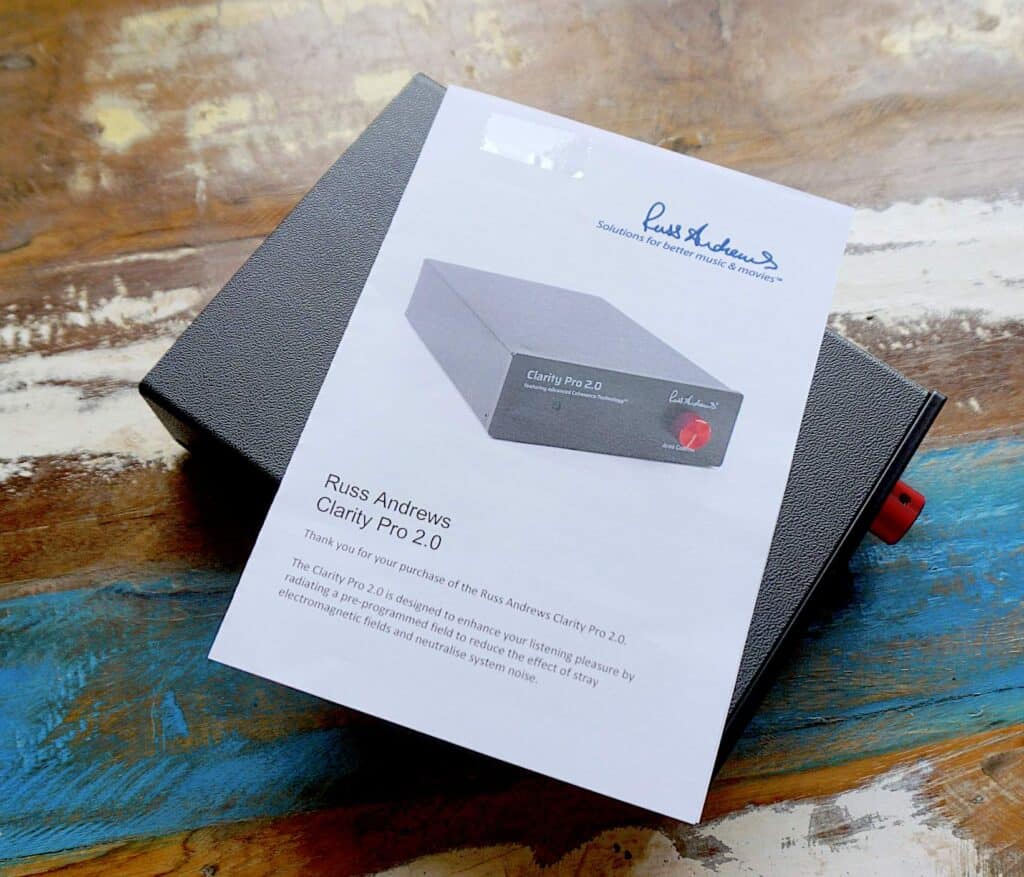
Let me emphasise this next point: the changes were relatively subtle. But they were there. Hence, if you listen to your HiFi on a semi-regular, casual basis then you probably won’t hear any difference. Hence, this product will not be for you.
On the other hand, if you really know your HiFi and are familiar with its sound envelope, then you will hear the changes.
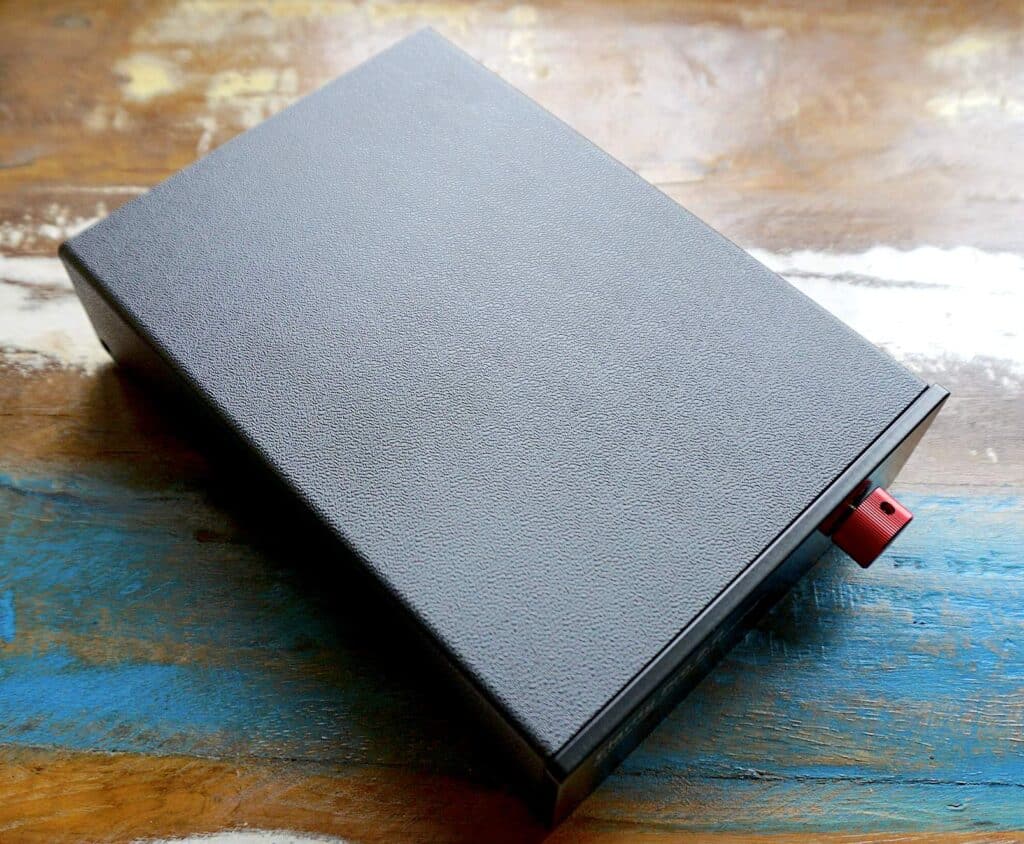
The DIP-switched EQ settings were not for me and, hence, a waste of money. Again, for me only. That is, I would have preferred to have seen the money currently invested in the EQ options, diverted into improved low-noise performance (see pricing point below in the Conclusion).
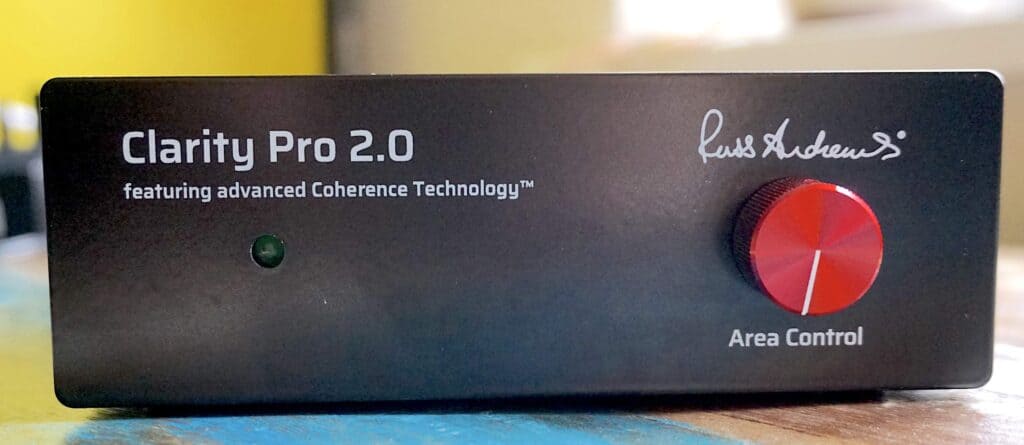
You? You, on the other hand, might get more positive use from them because they do provide a suite of tone controls that might appeal and provide that final tweak that modifies your HiFi’s sound towards the perfection you seek and perceive. So, if tone controlling your HiFi is for you, definitely consider the Clarity Pro 2.0
CONCLUSION
I like the Clarity Pro 2.0. As a basic active mains conditioner. Especially within an urban environment. Where I live, in a semi-rural setting, an active system is overkill so I personally prefer a passive approach, these days. That said, I have lived and run a HiFi in the middle of a busy city where mains noise is off the scale. I know how that sounds and still have the nightmares. So for anyone living in a city – large or small – packed with traffic, neighbours sitting close by, street lighting…all of that and more, an active system like the Clarity Pro 2.0 is a great choice. Possibly an essential choice. In that case, see the EQ settings as a bonus, useful if tone controls are your thing.
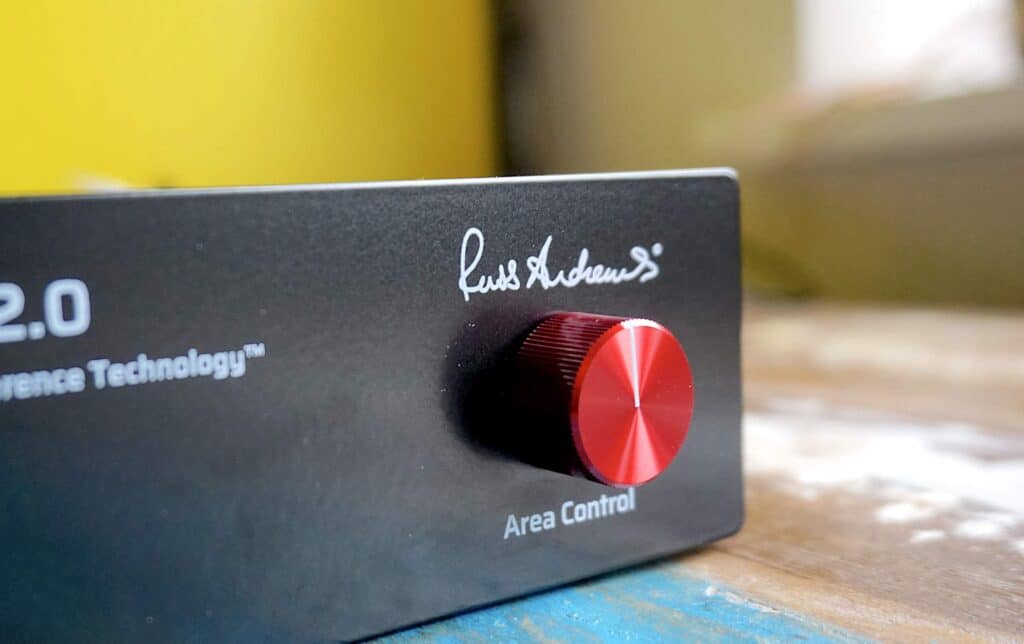
More than that, the Clarity Pro 2.0 – for a mains conditioner – is remarkably compact. Most conditioners I know span the full size component dimensions so if space is an issue, the Clarity Pro 2.0 is appealing on that score alone.
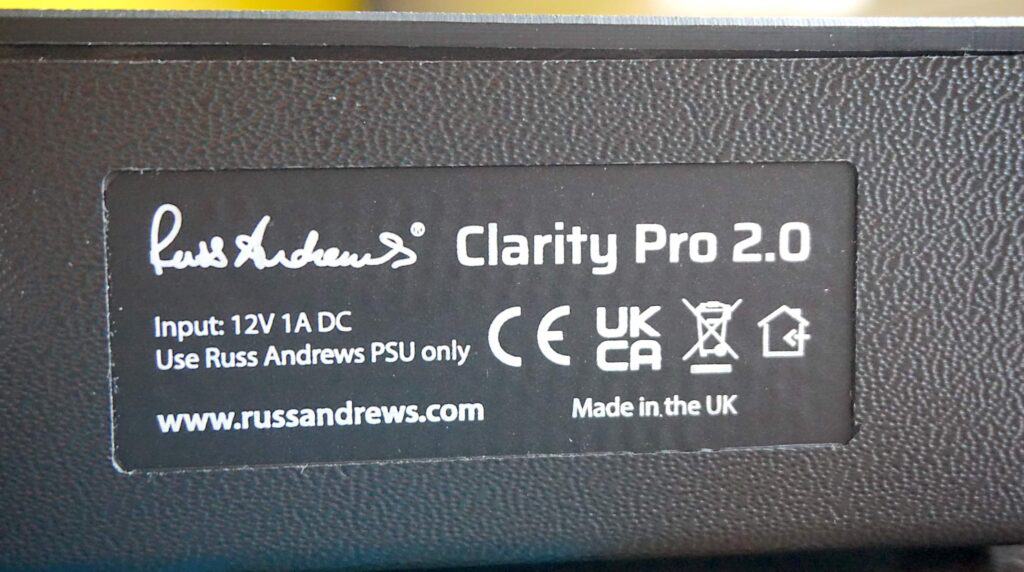
The only issue I have with this box is the price. For me? The price gets in the way. It’s too high. For the asking price? I wanted more from it. The Pro 2.0 works, it does a good job but, for the price? I wanted a larger, more significant effect on the de-noising aspect of the sound. Right now? The emphasis and build budget seems to be skewed too far towards the EQ features.
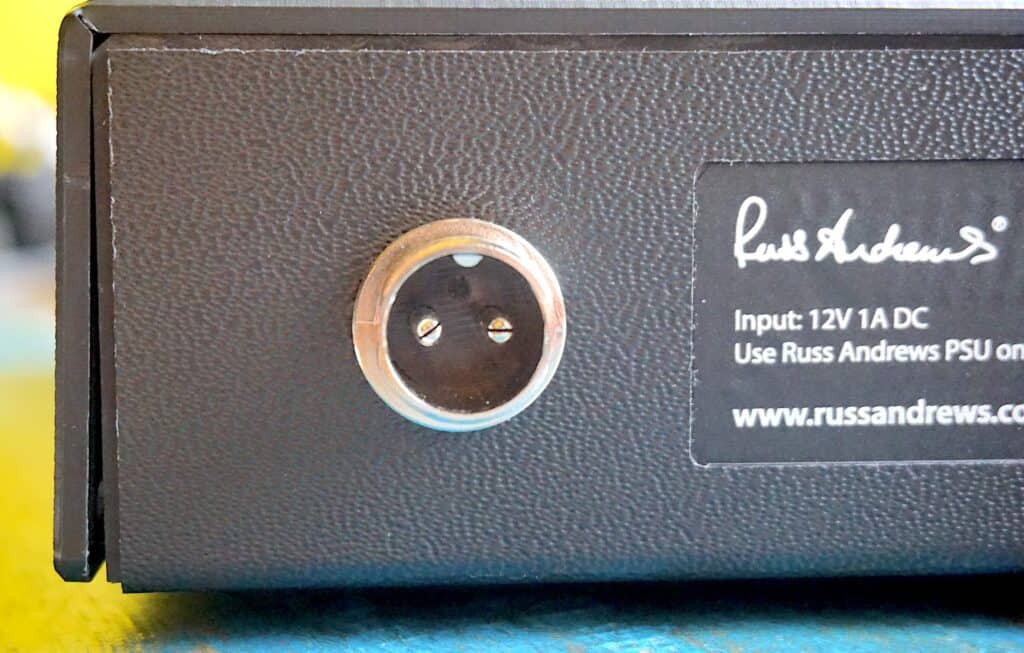
I’d like to see that balance changed. And I’d like to see the accessibility of the design improved while they’re at it. Maybe produce two units: a Pro unit with and without the EQ settings, to provide user choice?
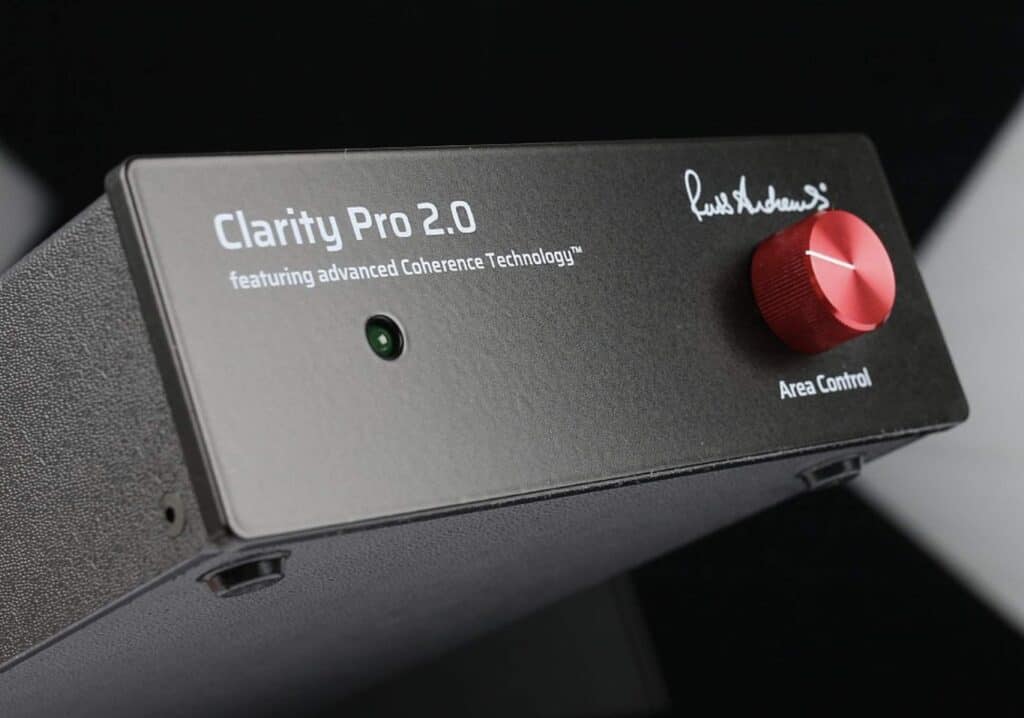
Even so, in short, if you live in an urban environment and are tight on space then an active mains conditioner like the 2.0 will help your HiFi in sound terms. The DIP switch feature additions may help for that final tonal tweak.
RUSS ANDREWS CLARITY PRO 2.0 ACTIVE MAINS CONDITIONER
Price: £1,495
Website: www.russandrews.com
GOOD: low noise, compact, ease of use, quick to install
BAD: internal DIP switch position, unnecessary EQ options, price


